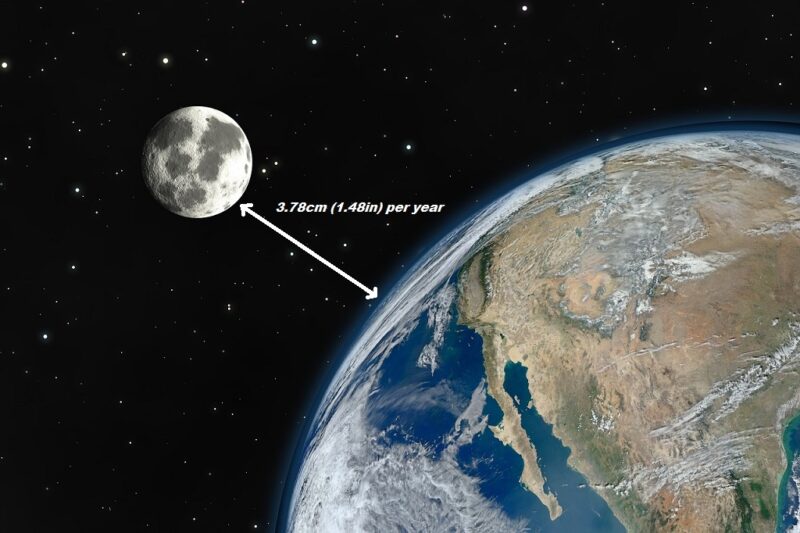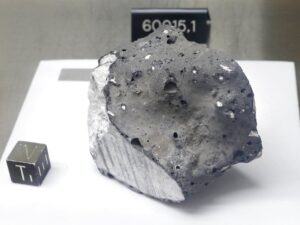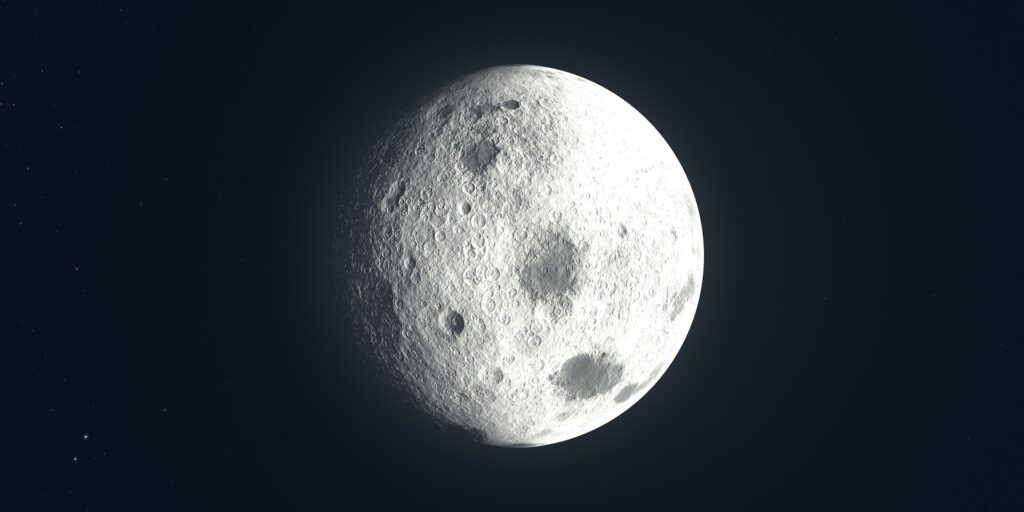The Moon, Earth’s only natural satellite and the fifth-largest satellite in the Solar System, holds a unique place in our cosmic neighborhood. As we explore the mysteries of the Moon, we uncover fascinating aspects that have captivated human imagination for centuries. Here are five intriguing facts about our celestial companion:
1) The oldest Lunar Calendor
Since ancient times, the Moon has been a source of inspiration for art, faith, and timekeeping. Our ancestors gazed at the night sky, creating the oldest lunar calendars and identifying constellations. Cave art discovered in France and Germany reveals the astronomical knowledge of Late Upper Paleolithic cultures, dating back to 32,000 BC. Astronomer-priests understood the mathematical relationships between the moon’s cycle, ecliptic, solstice, and seasonal changes on Earth.

2) Slowly moving away into space
The Moon plays a crucial role in Earth’s orbits, atmosphere, and weather stability. However, concerns about the Moon leaving us are unfounded—at least for the next 500 million years. It’s a slow process, but eventually, Earth will lose its only satellite.

3) The surface temperature of the Moon is very dynamic
Devoid of its own protective atmosphere, the Moon experiences extreme temperature fluctuations. According to NASA, surface temperatures can range from scorching 123°C to bone-chilling -233°C. The average surface temperature is 107 degrees Celsius during the day and -153 degrees Celsius at night.

4) Water in the Moon?
In 2019, the LADEE mission provided groundbreaking evidence that water molecules, OH and/or H2O, exist on the Moon’s sunlit surface, expelled by micrometeorite impacts. This revelation marked the first time NASA confirmed the presence of water beyond regions of permanent shadow.

5) Do you know what color Moon is?
While the Moon may appear orange or amber during rise or set and whitish when high overhead, its true color is distinct up close. The lunar surface, slightly brighter than worn asphalt, reflects sunlight with high contrast against the dark sky. Surprisingly, the Moon reflects three times less sunlight than Earth.


